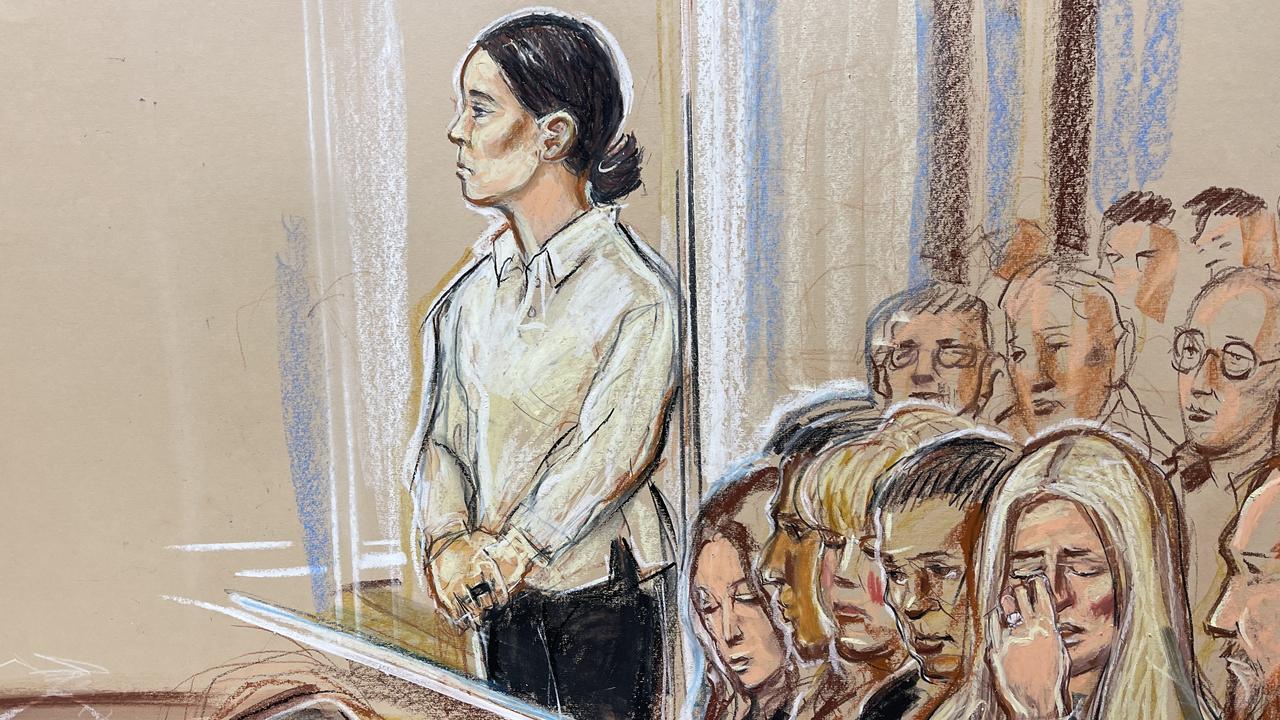How Saudi Arabia is trying to balance change with its conservative culture
AT FIRST, this just looks like a candid shot of a pre-game sporting event. But there’s a greater message behind it.
Sport
Don't miss out on the headlines from Sport. Followed categories will be added to My News.
AT FIRST, this photo may just look like an everyday photo of a standard sporting event.
But this candid snap of a woman taking her seat around the wrestling ring represents a larger movement for change in one of the world’s most conservative countries.
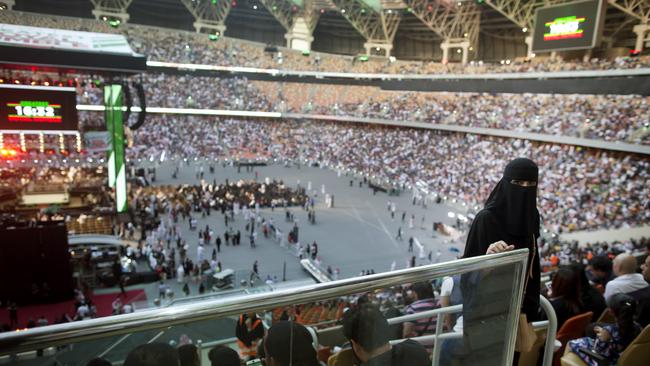
The idea of a wrestling match watched by an auditorium of 60,000 cheering fans was once in itself a foreign concept in Saudi Arabia.
But the fact that women and children can now attend is another thing altogether.
A previous WWE event held in the ultra-conservative kingdom in 2014 was for men only.
While a mixed-gender audience remains a novelty in the land of Islam’s holiest sites, women and children were permitted to watch the match in person for the first time.
It’s all part of the country’s slow strides to make some real social changes. But it’s not simple.
SAUDI ARABIA’S SLOW MOVEMENT TOWARDS CHANGE
Crown Prince Mohammed bin Salman, the 32-year-old ruler of Saudi Arabia, has recently sought to change the country’s conservative image.
Under his rule, movie cinemas have finally been opened for the first time in 35 years. He’s also planned futuristic new city developments.
Last year, the country announced its plan to build a “semi-autonomous” visa-free travel destination along its northwestern Red Sea coast, where restrictions on women’s dress, gender segregation and other conservative norms could be waived.
In an effort to reduce the country’s economic dependence on oil, it’s turned to tourism. Starting this month, the closed-off country began issuing tourist visas for the first time in almost a decade. The country hopes to bring in 30 million visitors by 2030.
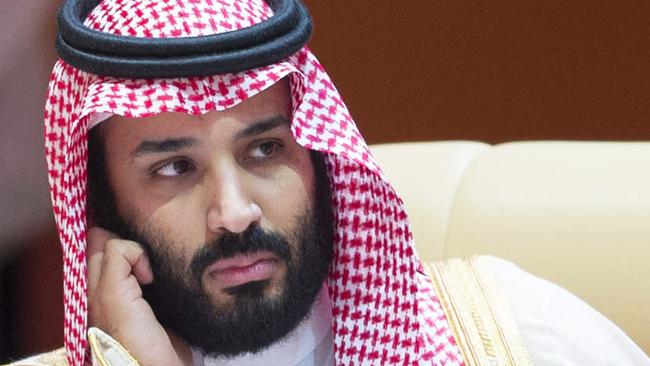
But it’s the role and freedoms of women in Saudi society that the Prince is attempting to push hard on.
Women have long been restricted by behavioural and appearance standards in the infamously conservative nation.
But now, the Crown Prince is seeking to make the country more palatable to the Western world, while sealing his succession.
When asked if women were equal to men on 60 Minutes last month, Prince Mohammed said: “Absolutely. We are all human beings and there is no difference.”
Women are now allowed to attend sporting matches for the first time in decades, and have also seen gendered driving restriction laws relaxed.
The attempt to appeal to women is partly a marketing ploy. In an earlier interview with news.com.au, the Lowy Institute’s Middle East specialist Anthony Bubalo said the Crown Prince is acutely conscious of the country’s negative image overseas, and knows advances in women’s rights will change that.
He also said the work of female Saudi activists can no longer be ignored.
“We have to give credit to the many women who have pushed for change to the status and rights of women to lift restrictions of male guardianship, the right to vote, to work and many other things,” Mr Bubalo said.
“They’ve campaigned heavily, some have sacrificed heavily, and they’ve continued to push.”
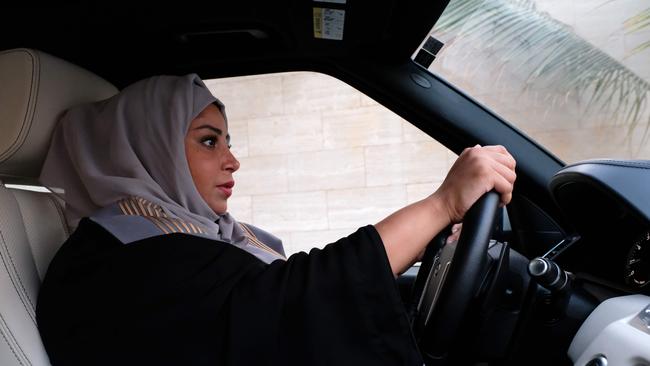
It also makes economic sense. “Women do work in Saudi Arabia, in fairly limited fields, but to increase productivity and the size of the private sector and tap into a bigger skills base, you have to get women — who are largely highly educated in Saudi — into the workforce,” he said.
“There are a couple of things that stop them currently. One thing is male guardianship. And it’s hard to get to work if you can’t drive to your job.
“If women can work it will in some cases double family incomes.”
STILL A LONG WAY TO GO
The public behaviour of women in Saudi Arabia remains heavily restricted.
According to Human Rights Watch, the worst impediment for the women’s movement in Saudi Arabia is the kingdom’s guardianship system, which dictates that all women must receive permission from their spouse or a male relative for certain things.
READ MORE: How Saudi Arabia is changing for women
“Women are required to receive guardian approval to apply for a passport, travel outside the country, study abroad on a government scholarship, get married, or even exit prison,” the organisation states.
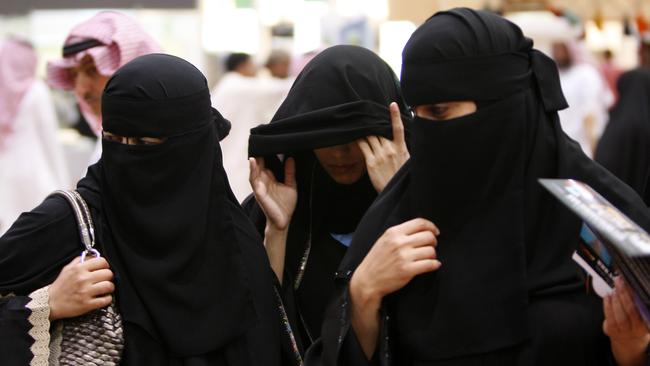
This creates issues around reporting domestic violence, because women often need their guardian’s authorisation to file a complaint — even if the complaint is against the guardian.
Saudi women also continue to face a strict dress code. According to The Economist, Saudi Arabia is one of the only Muslim-majority countries that legally imposes a dress code.
While the face does not legally have to be covered, women are heavily discouraged from exposing anything authorities would consider to be too much flesh, or too much make-up.
They’re also restricted to women-only gyms and spas, according to Reuters journalist Arlene Getz.

“Our first hotel, an upscale establishment in Riyadh, boasted a well-equipped gym and pool,” she wrote in 2014. “As a woman, I wasn’t even allowed to look at them — “there are men in swimsuits there,” a hotel staffer told me with horror — let alone use them.
“There was a facility for women, but it was the gym that couldn’t say its name. Rather, we had to sidle up to the front desk, ask for the “make-up room”, and then wait for a male staff member to show us to a hotel suite equipped with the likes of a treadmill and a stationary bike.”
And while the country is opening itself up to tourism, females face restrictions there too. Only women over 25 are able to obtain a 30-day tourist visa, while those under the age limit are not allowed into the country alone, and have to be accompanied by a family member.
Originally published as How Saudi Arabia is trying to balance change with its conservative culture

